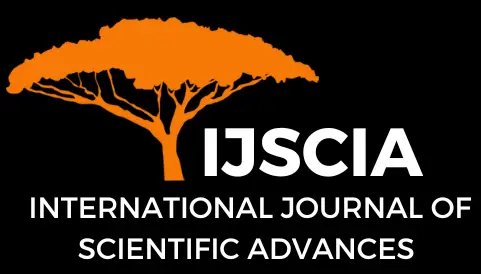High Patient’s Acceptance of Maryland Bridge: A Minimal Procedure Following Dental Trauma
Agnes Herlina Kumalasari1, Tania Saskianti1*, Mega Moeharyono Puteri1, Udijanto Tedjosasongko1, Regina Ayu1, and Lily Azura Shoaib2
Abstract
Traumatic dental injuries are more prevalent in permanent than primary dentition, in which maxillary incisors are more affected. The global prevalence of traumatic tooth injuries ranges from 6 to 37%. According to one study, out of 1,657 schoolchildren (aged 5-8 years) surveyed, 2.7% had traumatic injuries to their anterior teeth. A completely knocked-out front tooth often occurs as a result of a traumatic dental injury, which produces psychological and functional distress for the patient and should be treated immediately. There are various treatment options such as reimplantation, removable partial dentures, or fixed dentures, which are often not applicable or inconvenient for the patient, especially in young patients where bone growth is ongoing. Therefore, a resin-bonded fixed partial denture such as Maryland bridge is a treatment option for young patients who needed a replacement for missing anterior teeth before their growth and development was fully complete.
Keywords
Maryland bridge; traumatised front teeth; avulsion; missing tooth; a resin bonded fixed partial denture
Cite This Article
Kumalasari, A. H., Saskianti, T., Puteri, M. M., Tedjosasongko, U., Ayu, R., Shoaib, L. A. (2023). High Patient’s Acceptance of Maryland Bridge: A Minimal Procedure Following Dental Trauma. International Journal of Scientific Advances (IJSCIA), Volume 4| Issue 4: Jul-Aug 2023, Pages 613-618, URL: https://www.ijscia.com/wp-content/uploads/2023/08/Volume4-Issue4-Jul-Aug-No.481-613-618.pdf
Volume 4 | Issue 4: Jul-Aug 2023


